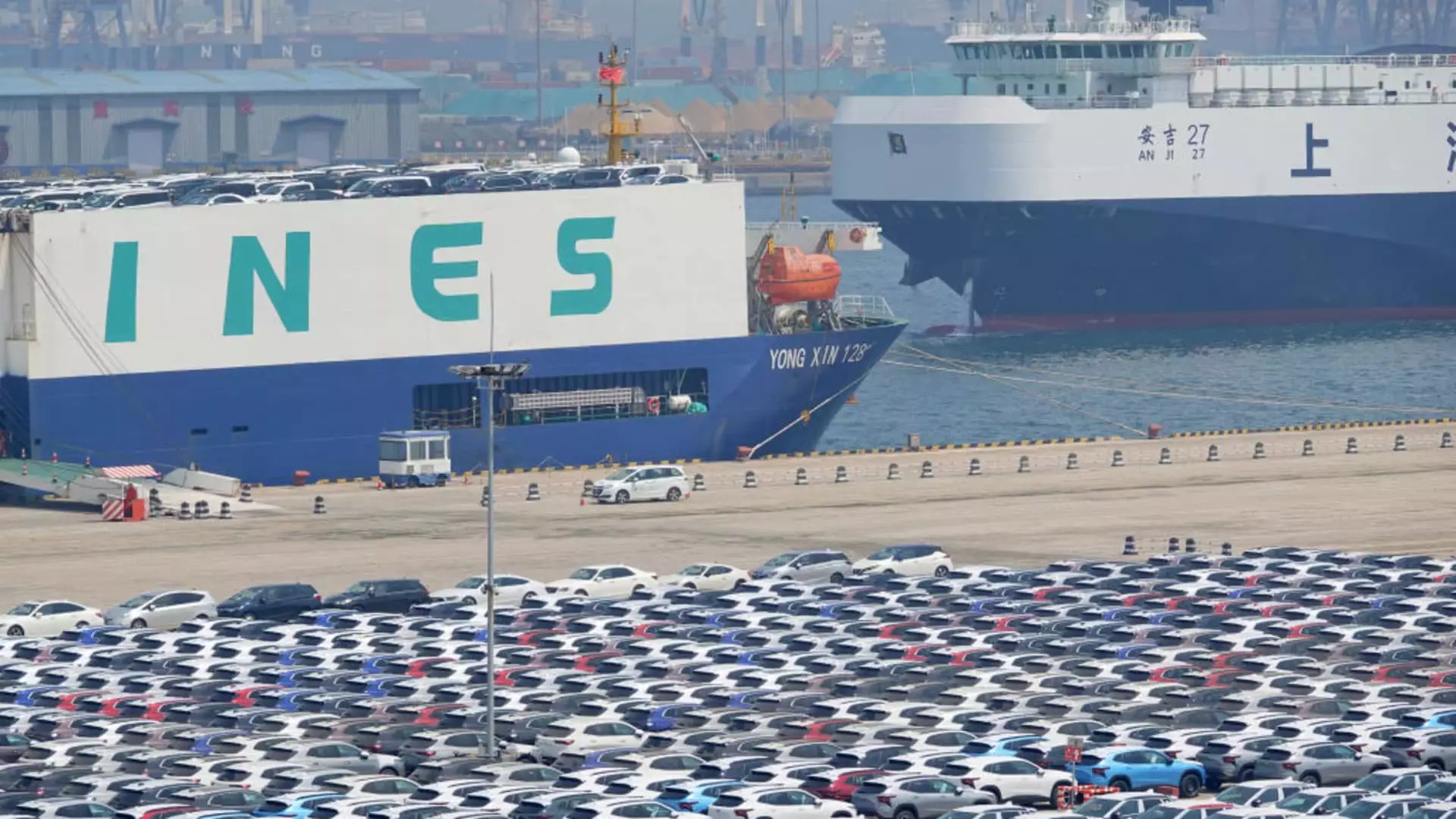China’s National Bureau of Statistics recently reported that the country’s second-quarter GDP only rose by 4.7% year on year, which fell short of the expected 5.1% growth. This news has left many economists and investors concerned about the slower than anticipated growth in the Chinese economy. Additionally, June retail sales also missed estimates, only rising by 2% compared to the forecasted 3.3% growth. However, industrial production did manage to beat expectations, increasing by 5.3% in June from a year ago, surpassing the forecasted 5% growth.
One of the major areas of concern is the slowdown in investment in infrastructure and manufacturing. The pace of growth in these sectors on a year-to-date basis in June versus May was slower than expected. Additionally, real estate investment declined at a rate of 10.1%, adding to worries about the overall economic situation in the country. While urban fixed asset investment for the first six months of the year did rise by 3.9%, meeting expectations, the slow growth in key sectors like infrastructure and manufacturing is a cause for alarm.
China’s urban unemployment rate remained at 5% in June, unchanged from the prior month. While this is a positive sign, it is crucial to monitor the situation in the coming months to ensure that the rate does not increase. Furthermore, consumer prices in China rose by only 0.2% in June, missing expectations. The core CPI, which excludes volatile food and energy prices, also rose at a slower rate of 0.6% year on year in June compared to the first six months of the year. These figures indicate muted domestic demand and highlight the challenges facing the Chinese economy.
China’s latest credit data revealed a sharp drop in the growth of broad money supply and new yuan loans in the first half of the year compared to the same period in 2023. Household loans increased by 1.46 trillion yuan in the first six months of the year, significantly less than the 2.8 trillion yuan in new loans granted for the same category last year. Similarly, loans to businesses also saw a decrease, totaling 11 trillion yuan in the first half of the year, slightly below the 12.81 trillion yuan recorded for the same period last year. These figures suggest that lending activity has slowed down, which could have broader implications for economic growth in China.
The economic situation in China is facing several challenges, including slower GDP growth, weak retail sales, declining real estate investment, and muted domestic demand. It is crucial for policymakers to address these issues promptly and implement measures to stimulate economic growth and recovery. The impact of these developments on global markets and the wider economy cannot be understated, making it essential for all stakeholders to closely monitor the situation in China.

